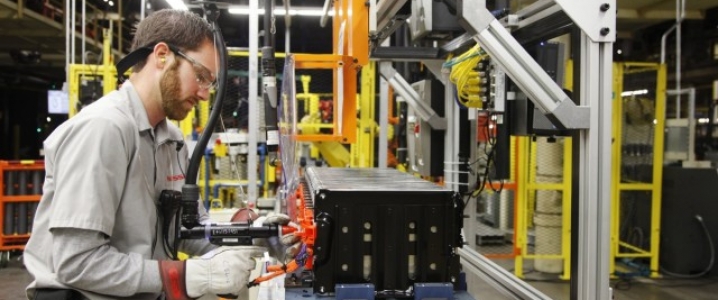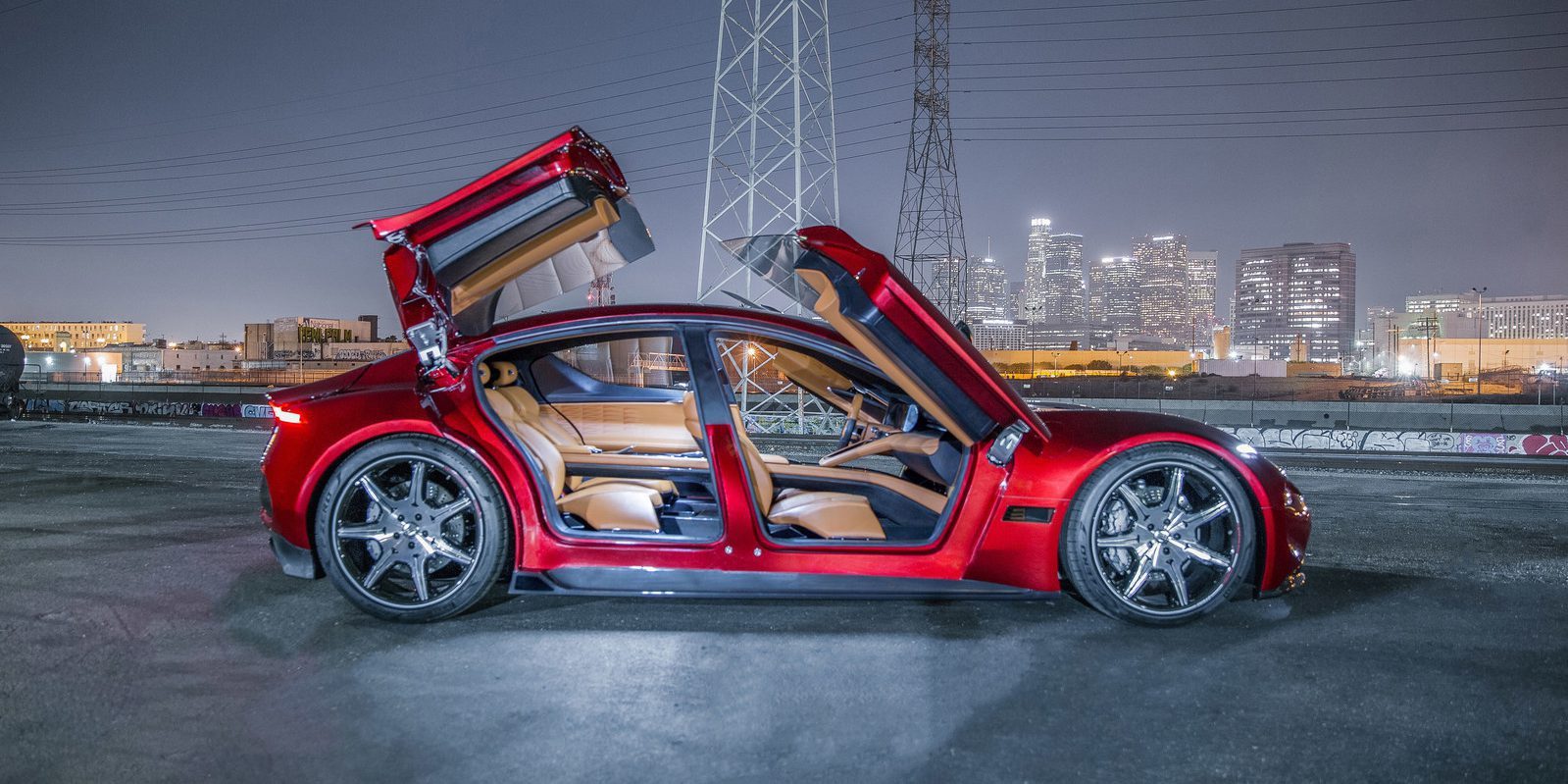
Drilling at Nighthawk Gold’s Treasure Island project, about 11 km to the north of its Colomac project in the Northwest Territories, has served up significant, shallow high-grade mineralization.
The company was following up on several shallow high-grade gold intersections it had reported in 2011, and in the process has found new near-surface discoveries including a number of high-grade gold zones.
Four of the best intercepts were 46.25 metres of 3.31 grams gold per tonne from 117.75 metres downhole (drill hole T18-04B); 26.95 metres of 4.45 grams gold from 117.05 metres depth (drill hole T18-06B); 11.75 metres grading 10.78 grams gold from 132 metres (drill hole T18-08 B); and 18.50 metres of 7.37 grams gold from 164.50 metres (drill hole T18-03B).
So far drilling at Treasure Island has defined a 200-metre-wide zone of mineralization that extends over 700 metres in length encompassing both the main and east zones and remains open in all directions.
Treasure Island is the northern-most project on Nighthawk Gold’s Indin Lake property, and management believes the latest results suggest it has consolidated a “fertile gold camp.”
“The continued exploration success from our satellite targets supports our conviction that the Colomac deposit is not the only multimillion ounce opportunity, nor the only deposit capable of hosting high-grade mineralization,” President and CEO Michael Byron declared in a news release. “Our work to date on the Damoti Lake gold deposit, the four Leta Arm gold deposits and showings (North Inca, Diversified, #3, and Lexindin), and now Treasure Island, has confirmed that there are many higher grade prospects satellite to Colomac. We consider these targets as potential higher grade feed candidates that could augment any future mining operation at Colomac.”
Byron also noted that it is “incredibly telling and encouraging” that the company has only drilled near-surface mineralization, “as most deposits have yet to be explored below 100 metres.”
Nighthawk’s land position within the Indin Lake Greenstone Belt lies about 200 km north of Yellowknife.
Its Colomac deposit has an inferred resource of 50.3 million tonnes averaging 1.62 grams gold, for 2.6 million oz. gold.
The company’s shares are trading at 42¢ within a 52-week range of 29.5¢ and 76¢.





